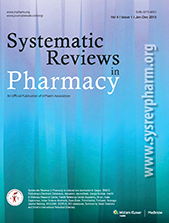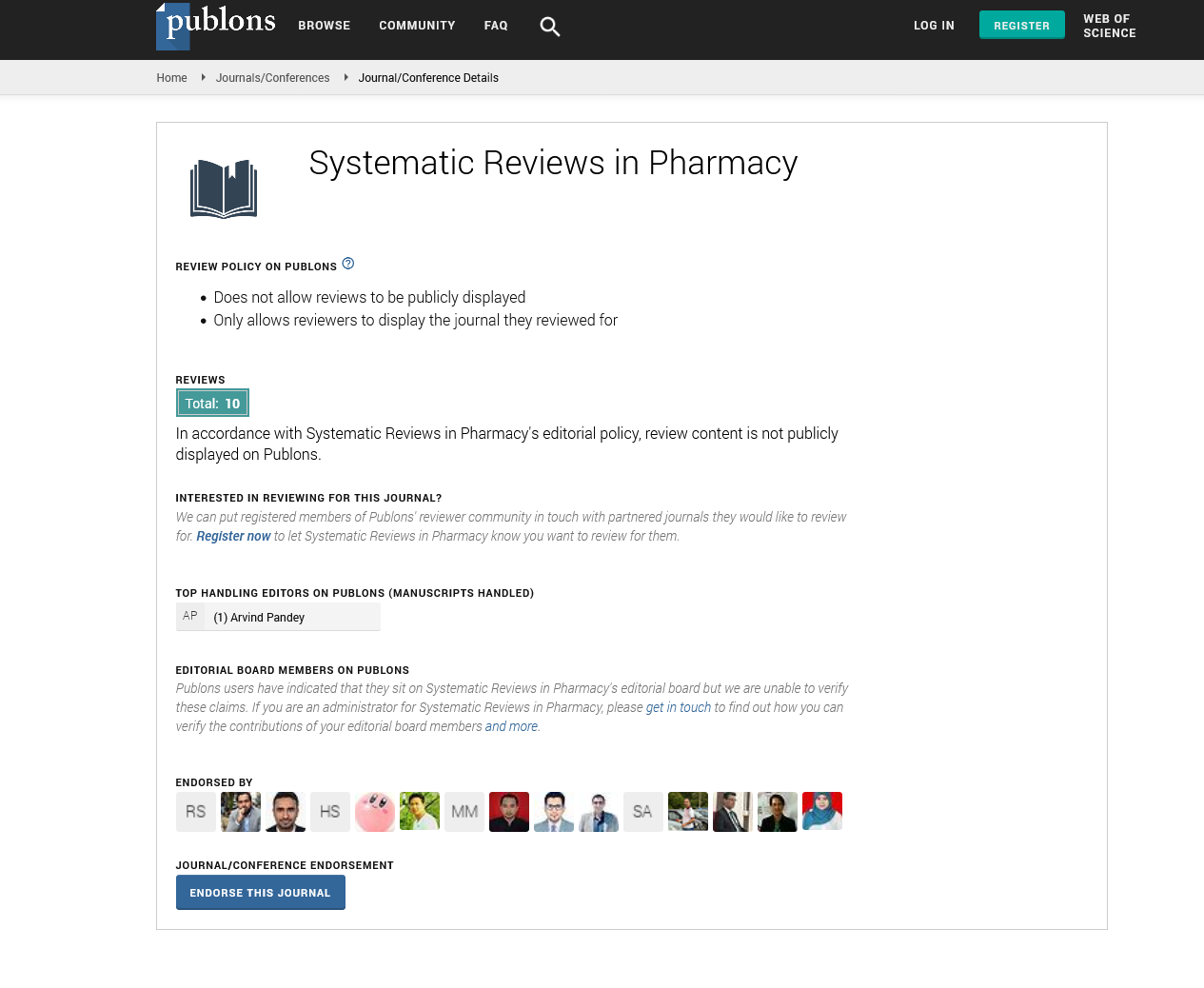Characterization of Foodborne Pathogens and Enterotoxigenic Staphylococcus Aureus Isolates with Detection of Antibiotic Resistance from Beef Meat
Abstract
Suad A Al-Hilu, Wisam H Al-Shujairi
This study aimed to determine the current status of bacterial contamination in the animal products provided and to analyze Salmonella isolates, Staphylococcus aureus, and Escherichia coli from samples. The status of bacterial contamination was investigated in a total of 52 samples of beef meat intended for human consumption purchased from a general meat shop from September 2019 to December 2019 in Iraq. All meat samples that collected from butchers were contaminated by microorganisms. Isolation and characterization of the bacterial specimens from the samples were performed using conventional cultural techniques and biochemical identification. Five species of bacteria were isolated from all samples including Salmonella, E. coli, Staphylococcus aureus, Shigella, and Enterobacter faecalis. Three species of bacteria showed significant contamination of meat, these are Salmonella, E. coli, and Staphylococcus aureus. Salmonella were recovered from beef meat 30(58%), while E. coli 15(29%) and Staphylococcus aureus 20(38%). Antimicrobial susceptibility against ten antimicrobial agents commonly used in human was tested by used the disc diffusion method, including Ampicillin (A)(10µg), Amoxicillin/clavulanic acid (AM)(10 µg), Chloramphenicol (C)(30 µg), Streptomycin (S)(10 µg), Trimethoprim (Tr)(5 µg), Tetracycline (T)(30 µg), Ciprofloxacin (Cf)(5 µg), Nalidixic acid (Na)(30 µg), Gentamicin (G)(10 µg), and Kanamycin (K)(30 µg). multidrug resistance was detected in most of bacterial isolates, all isolates of Salmonella were resistant to streptomycin, amoxicillin, chloramphenicol, and gentamicin but sensitive to other antibiotics. PCR assay for detection of enterotoxin gene (sea gene) of S. aureus isolates, the result revealed that only 15 isolates from 20 isolated S. aureus carried this gene and showed bands after electrophoresis examination. We conclude, the existence of foodborne pathogens and indicator organisms such as toxigenic Staphylococcus aureus in meat shows bad food handling and processing practices. Consequently, butchers and meat suppliers should be educated about the side effects of lack of adequate personal and environmental hygiene and sanitation. In addition, consumers must avoid consumption raw and undercooked foods. These results suggest that meat can be a source of resistant bacteria, which can spread to society through the food chain. We conclude that resistant strains of bacteria in beef meat are common. These results support the adoption of strategies for the wise use of antibiotics in food animals and for reducing the number of pathogens existing on farms and slaughterhouses.






